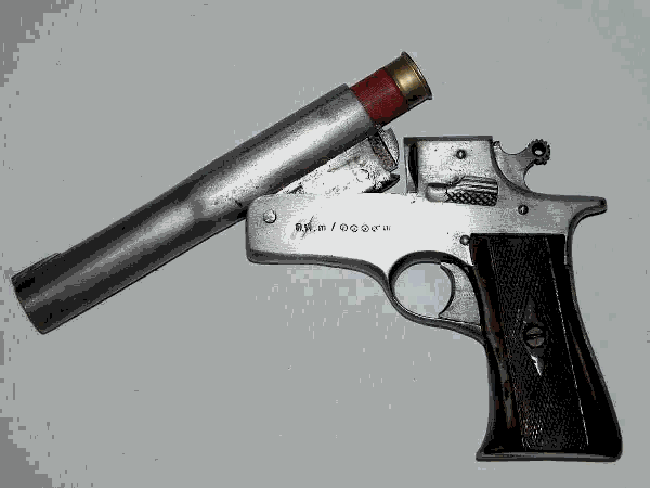jackstrawIII
New member
My GUESS is that it might be due to something I can't quantify that I'll call "dwell time" and involves momentum/inertia, not just pure ft/lbs of energy.
Bullets don't penetrate the steel, nor do they fall to the ground in front of it, so clearly not every bit of their energy is transferred to the popper.
So, I think its a matter of how much (%) is transferred DURING the time the bullet is in contact, "pushing" on the popper.
Might it not be that the larger, heavier, SLOWER moving bullets "push" LONGER even though on paper the energy level is the same???
Think of a safe door. SLAP the door, and it barely moves. PUSH the door, with a force equal to the slap, but over a longer period of time, and the door moves.
Might it be just that simple???
Yup. Momentum and force applied over time.
This is the same reason you don't try shoulder shots when hunting with a lightweight bullet. It has energy, but gets its energy from velocity instead of mass and so it applies that energy differently when it contacts the target.
Use what works... incidentally, when shooting living creatures, most bullets seem to work ok.


